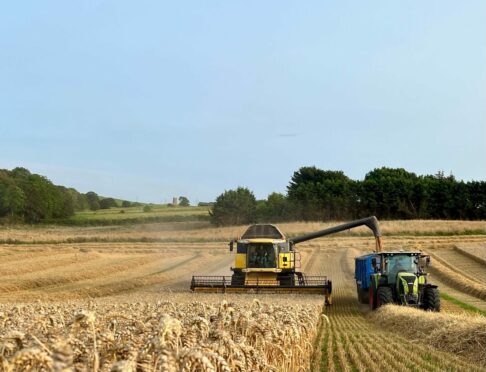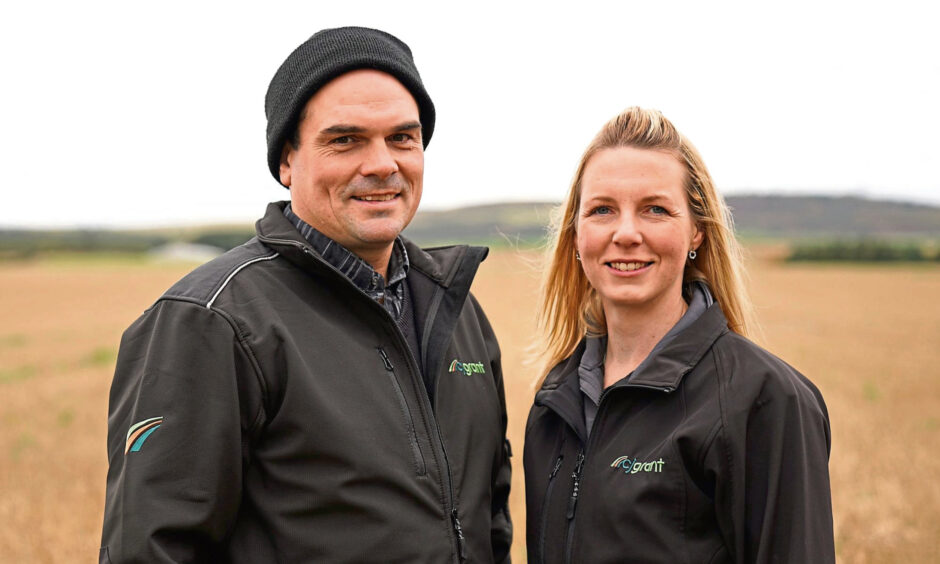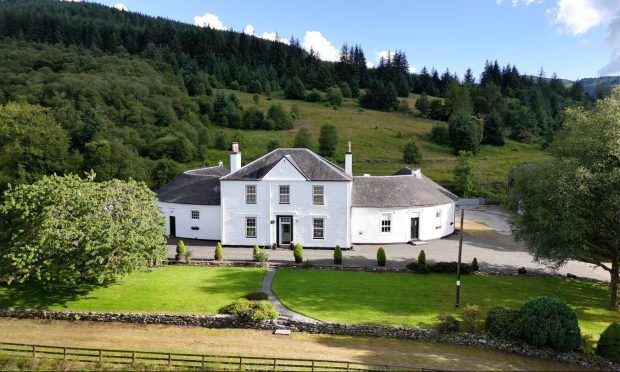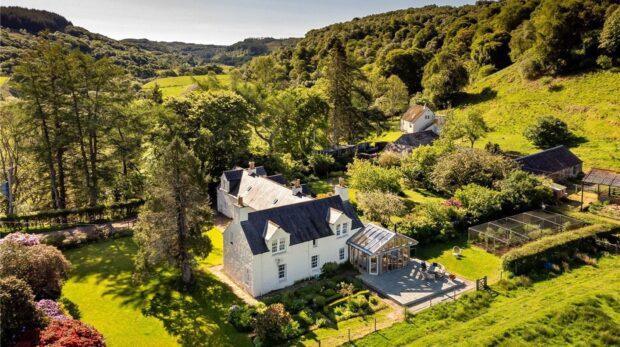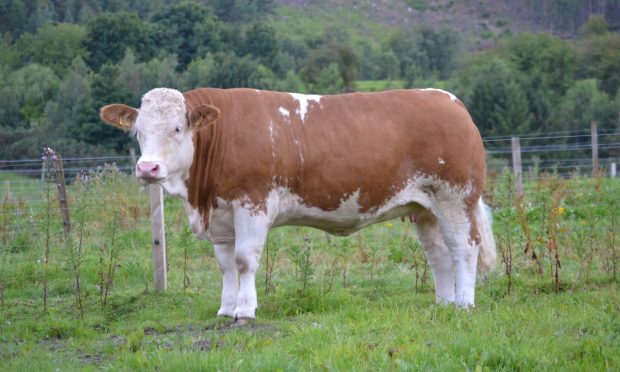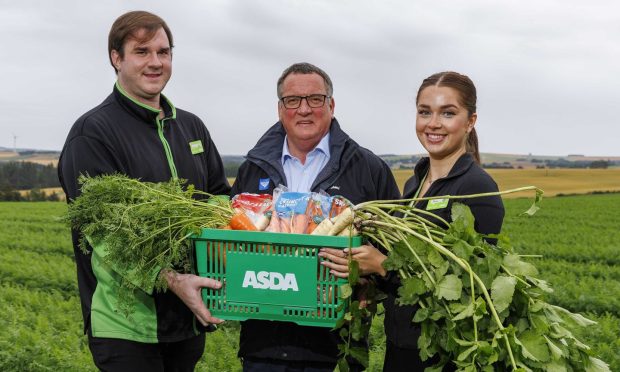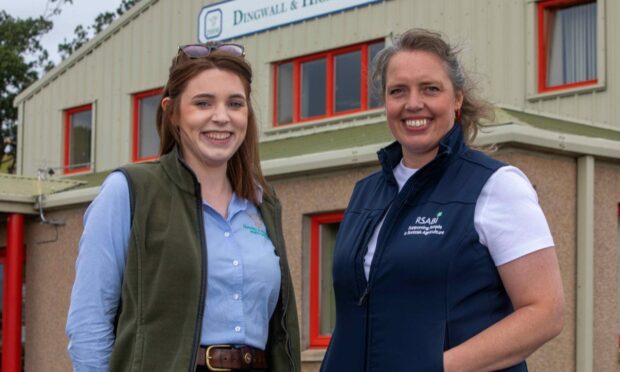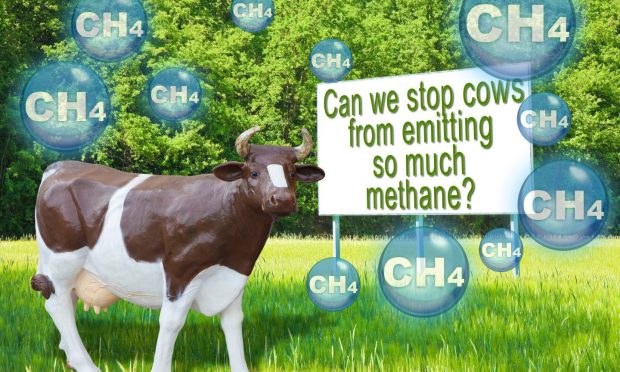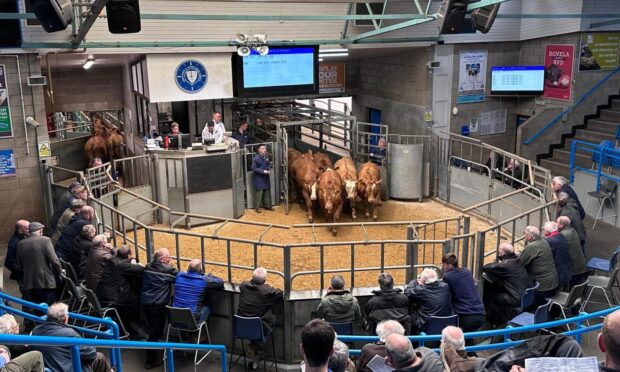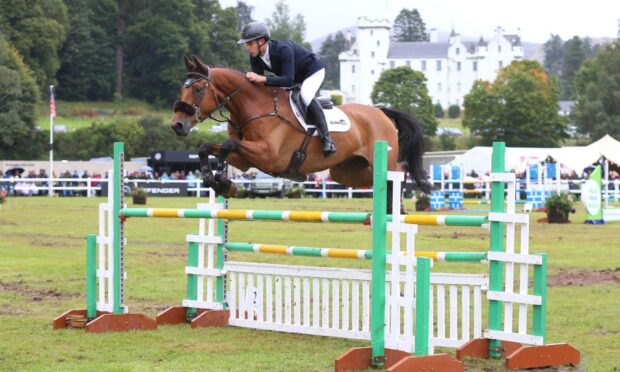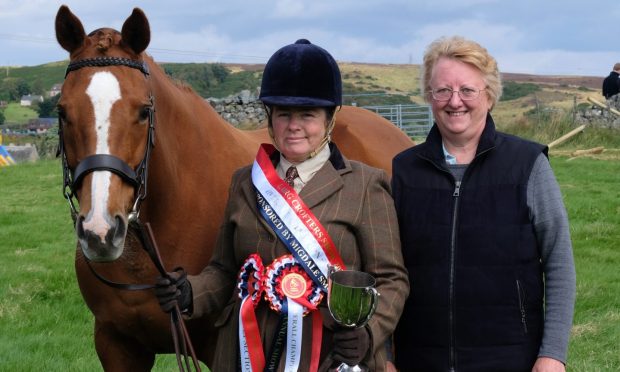On a farm, especially with livestock, you are never really up-to-date, there is always a wee jobbie that can be done, something to sort, shift or check and always something to clean or tidy up.
That said, we bit the bullet and booked a seven day holiday at Centre Parcs, Penrith, with friends – the first time ‘off-farm’ for a whole week since our honeymoon 13 years ago.
With our team in place around us, I felt completely comfortable setting off with peace of mind they had everything covered.
A good gauge of ‘pool time’ is how clean and soft my hands were becoming and by mid-week they were sparkling.
You know you can’t go anywhere without bumping into a known faces and a few of us managed to get together at the Lakeside Inn for a wee dram on the Saturday night. A great round up to a thoroughly enjoyable week.
Easing myself back into it wasn’t really an option as the winter barley had been battered with the weather so on arriving home at 4pm, the combine was going by 5pm until around 11pm that night.
The next couple of days remained settled which saw us cutting all our winter barley in fairly good time, yielding ‘nae bad’ at 3.8 tonnes per acre and a lot better than originally expected.
The oilseed rape (OSR) followed soon after and again came off in good nick with decent yielding (we think) as it is not yet all away.
Winter barley stubbles have been turned around into the OSR with 3.5 tonnes per acre of hen muck applied.
Hen muck is excellent for the ground but we do appreciate that the smell is nae great for our neighbours, we do try to incorporate it in as quickly as we can to avoid the lingering smell and also to try and retain as much of the ammonia nitrate as possible.
Variety of choice is Crome again sown at 2.6 kg per hectare. A fiddly job of calibrating at the best of times and not for the faint hearted when one bag of seed has to cover 3 hectares.
Grass management has been difficult this season and I have judged it wrong on several fronts.
Starting slow in the spring it began to disappear and burn up to it going to seed early, then the rain started and wouldn’t stop and the grass grew to bursting point where stock couldn’t keep up to how it has stalled and the nutritional value is questionable.
Our second cut silage was made during changeable weather and in our haste to try and avoid the rain, we took it too early so it’s looking like it’s going to be fairly ‘soapy stuff’.
It will need to be mixed in with better quality bales through the winter.
On a cheerier front, we made 350 bales of first-class hay which I think involved a fair bit of luck going by the umpteen showers we narrowly missed.
Lambs are steadily coming forth to spec, selling between 50-70 per week and achieving a workable value and numbers reducing earlier than normal.
We have started buying store lambs with 350 home for from an island sale recently so hopefully we have bought at the right price. Time will tell if the market allows a profit to be turned.
Our autumn heifers we look to sell at the beginning of August were rounded up and drawn for various buyers and delivered home in good fettle at what I believe to be a good sustainable price for both parties.
The rounding up of them started three weeks earlier with a couple of the lads and myself luring them close to a pair of feeders with a bag of bruised barley each day to keep them interested.
Gates were set up as usual around the feeders and the plan was to close the gate on the day we needed them in while they were busy eating. D-day morning arrived and as normal 50 heifers were stood eagerly awaiting their ‘sweeties’, all strolled into the pen and the gate was shut.
Text book operation, delighted at our success, got the float along, jobs a good ‘een.
Loaded the first five when it was noticed that ‘muggins’ had forgotten to secure the gates to the feeder and disaster struck. The gates were pushed open and the whole lot took off, oh dear!
With some persuasion and all the patience we could muster, they were finally brought back to the pen where they had stood three hours previously.
Anyone with stock will know that in this situation anxiety levels can escalate quickly but it is imperative to ‘keep your cool’ (even if you were planning on going to Turra Show).
We took delivery of 44,000 new point-of- lay pullets recently, reared/supplied by Aberdeen & Northern Eggs.
Good quality, even weight, Lohmann Classics. We tend to stick with the Lohman breed having had them for a number of years now, it allows us to benchmark each of our eight sheds against each other, allowing us to spot trends and try to identify issues before they happen.
Our hens arrive on site on a 10 hours-of-light programme and remain on this until a body weight of 1,475g is reached.
Once achieved, they are stimulated into laying production over a further 5-6 week period. This is done by increasing the number of light hours the birds are exposed to up to a maximum of 16 hours.
These 5-6 weeks are crucial to the success of a flock ensuring body weights continue to rise, feeding frequency and times are increased, access to nest boxes are made available, water intakes are maintained, brightness of light is reduced, egg weight scrutinised and any non-nest eggs are collected/removed promptly.
All in all, the most critical time within a flock cycle as any oversights can lead to a long year dealing with a ‘problem’ flock.
Our young team of part-time employees play an important role within our team, providing extra cover to allow for full-time members to take holidays/weekends off, Claire and myself included.
We wish them all the best of luck with their exam results and their new/continued adventures to college & university.
Who knew we had an aspiring Architect, Doctor, Engineer, Sports Scientist, Teacher, Rural Business Manager in our midst – a fantastic bunch who bring lots of fun to our team.
We should be in full swing with harvest in the next few weeks and for all farmers we hope the weather is kind to us.
Over and out, until next time.
